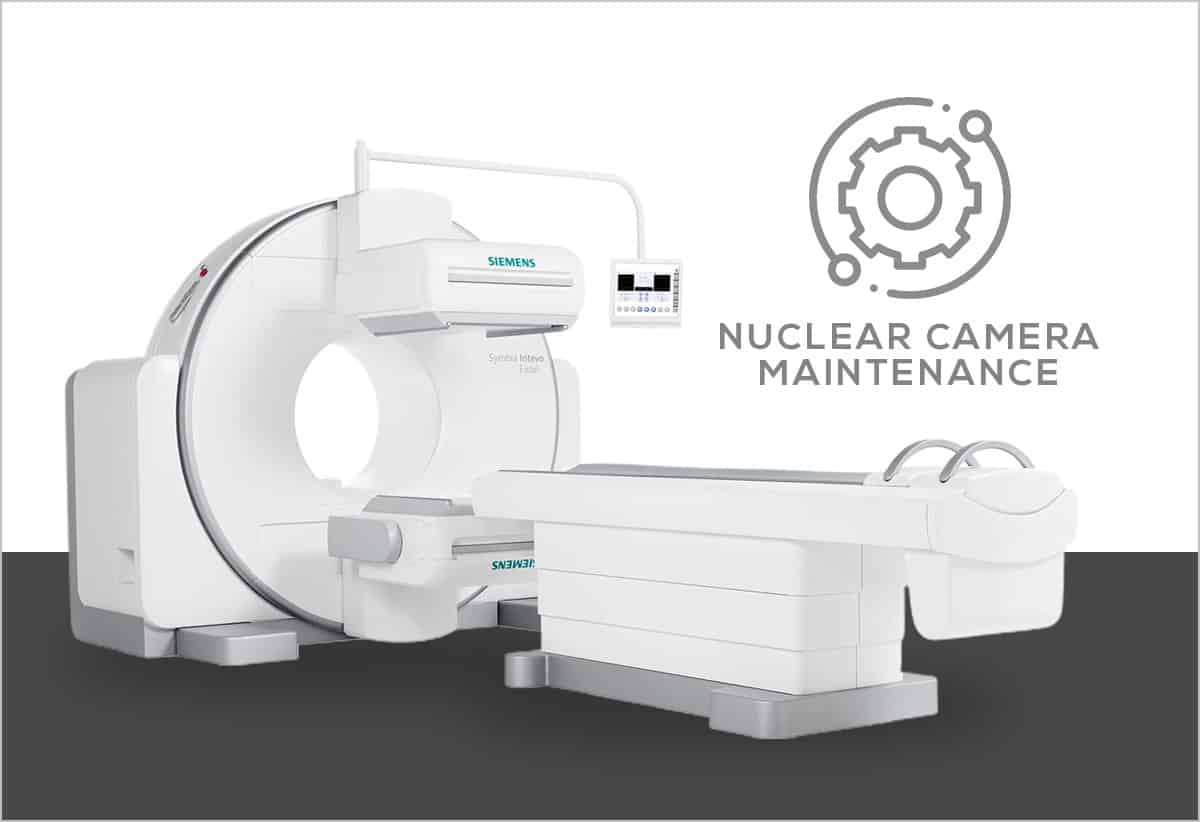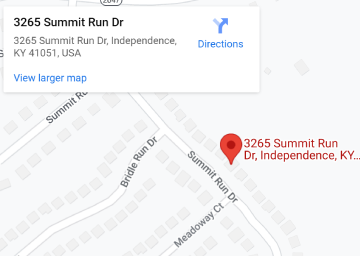Best Tips on Nuclear Camera Maintenance

Best Tips on Nuclear Gamma Camera Maintenance
A nuclear gamma camera is used by a physician to determine how much of the heart muscles are deprived of blood. Its physical structure comprises a scintillation crystal, a collimator, and photomultiplier tubes. It is also known as the name of scintillation camera and is used as an imaging device in nuclear medicine.
Nuclear camera requires the utmost attention to maintenance like any other medical imaging equipment. It is done to ensure the patient’s safety from the abrupt malfunctioning or breakdown of the gamma camera. Servicing them will ensure their longer lifespan and will also improve their workability in the long run.
Why is it worth investing in nuclear gamma camera maintenance?
- Routine maintenance of the nuclear and gamma cameras ensures that it generates the highest possible quality images or the maximum duration in their lifespan.
- Many issues are often recognized during the maintenance sessions, which are left unattended and cost you a fortune in the future. Equipment check-ups after a certain interval help you save your pocket from that expense.
- In order to satisfy the accreditation and regulatory requirements of the gamma cameras, a preventative maintenance program comes handy that cannot be sacrificed at any cost.
Now that we are aware of why you can’t cut costs on the maintenance of your expensive nuclear cameras, here’s an expertly curated list of how you can take care of your equipment while using it on an everyday basis.
Expert recommended tips for nuclear gamma camera maintenance
1. Location of the instrument
A nuclear medical unit is greatly affected by the space in which it is placed. You need to take into account some crucial factors like temperature, air pollution, humidity, and background radiation levels so as to ensure the healthy working of your gamma cameras. It is necessary to do so as these factors can cause immense damage to the electronics of the camera.
2. Avoid cracked crystals
The sudden changes in the temperature can affect the crystal in the camera. So, to avoid any mechanical and thermal damage to the crystal, ensure that the camera is always left protected by a collimator.
3. Calibration check
A nuclear gamma camera’s calibration should be checked at least twice a year. While examining, pixel map is also checked and ensure that the uniformity is updated while you replace the collimator.
4. Software update
To ensure that the nuclear camera and processing unit are up to date, it is crucial to check for any security updates in the software of the equipment. It will help you secure your unit from any potential hacking and security breaches.
5. Power check-up
Abrupt power fluctuation can cause damage to the nuclear gamma camera. Ensure that the incoming voltage is allowing an optimum amount of power through the camera. Moreover, if you are using an uninterrupted power supply (UPS), ensure that it works in the case of a power outage.
6. Database check
Image database management should be included in the regular part of maintenance, or say the technologists’ to-do list. Many healthcare facilities often overlook this step and become prey to the serious issues caused by it. So, take a regular backup of your data and remove any of the older studies from the camera unit every month.
It will help you keep your database size manageable, and you would not have to deal with any corrupted information. You can even implement a policy where no exam older than 30 days stays in the system locally. In case you need it in the future, it can be imported from PACS.
7. Clean it good
An expert’s suggestion to ensure that your camera is clean on every day basis is to clean it yourself. Medical facilities and hospitals welcome a lot of patients, and so comes the dust along with it. Dust build up on any equipment can cause performance issues and overheat.
To avoid this, check all the filters, and clean the fans and dust from the camera. Even the aesthetics and equipment that are cleaned on a daily basis are appreciated by physicians, technologists, and even patients.
8. Ensure heat dissipation
Give attention to the excessive noise, which may depict that some part of the equipment needs to be replaced. Make sure that the fans are properly functioning so that the equipment does not get heated up. Filters should be free of dust and debris to ensure that no hindrance is experienced in the working of gamma camera units.
The Takeaway
A preventive maintenance program for a nuclear gamma camera is the most effective way to operate it at its best. It allows you to address the potential issues in the equipment before they impact your everyday practice. It will ensure that your device performs exceptionally and resolves any future damage that gets undetected by the naked eye at first. So, get a top-notch preventive maintenance from the best vendors near you today.
We provide a complete line of pre-owned and refurbished nuclear gamma camera for sale which is completely tested and inspected by an experienced team to bring up to the OEM (Original Equipment Manufacturer) specifications. Get in touch with us to know more.

 SUBSCRIBE TO OUR BLOG
SUBSCRIBE TO OUR BLOG
